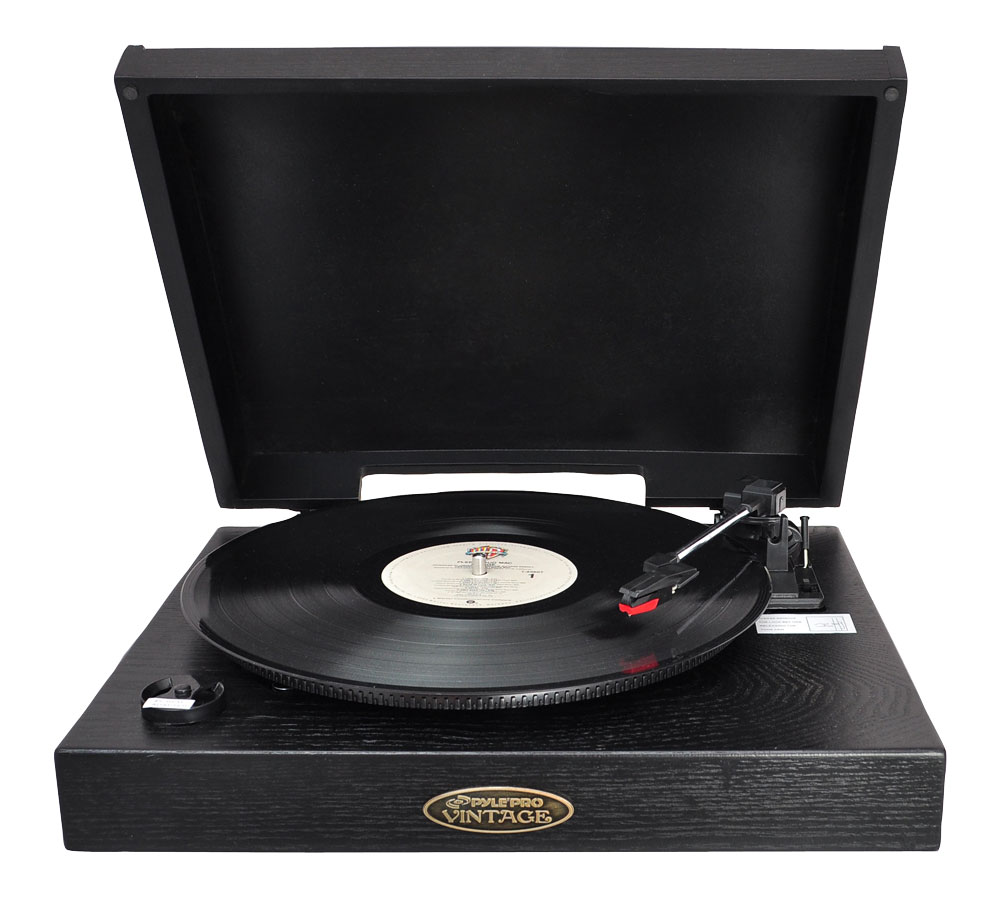

Now, lets us see how to format USB port in Mac: Disk Utility Recommend partition scheme is GPT (GUID Partition Map) as it is supported by both Mac and Windows. These filesystems are exclusive to Mac and are not supported by Windows. OS X Extended (Case-sensitive, Journaled, Encrypted): This filesystem is an amalgamation of above two cases i.e.
#Format usb drive on mac for pc password#

This issue can be resolved by choosing to format your storage device in either in FAT32 or exFAT file system as both of these filesystems are supported by both Mac and Windows.
:max_bytes(150000):strip_icc()/formatusbmac-5b3877ddea5742768f3c65177442d0d0.jpg)
Currently, windows use NTFS ( New Technology File System) which is partially supported by Mac ( mostly Read-only operations). By default, Mac uses HFS+ also known as OS X Extended, this file system is native to Mac and is unsupported in Windows. Mac has its own set of file system and so does Windows. The file system is the way of storing, organizing and accessing data (files) in storage devices such as a Hard disk, USB devices, etc. In the next section, we will discuss file system in detail, you may skip this section and directly jump to the next one for easy steps to format USB drive. You might also need Internet Connection if you wish to download 3rd party application recommended by us. Then, a pop up will appear showing details about the USB drive. To check information related to File system, remaining space, etc of USB drive follow these steps:ġ. Right-click on the USB drive icon on the desktop, if not available, Open a ” Finder” window, then right-click on USB drive located on the sidebar.Ģ. This article is also applicable for other external storage devices like External Hard disk, thus resolving storage device not recognizing on Mac by changing its format. Formatting the USB drive will delete all the files. 1 Before Formatting USB Drive, Do this!īefore you proceed to format USB drive on Mac, you must BACKUP data first.


 0 kommentar(er)
0 kommentar(er)
